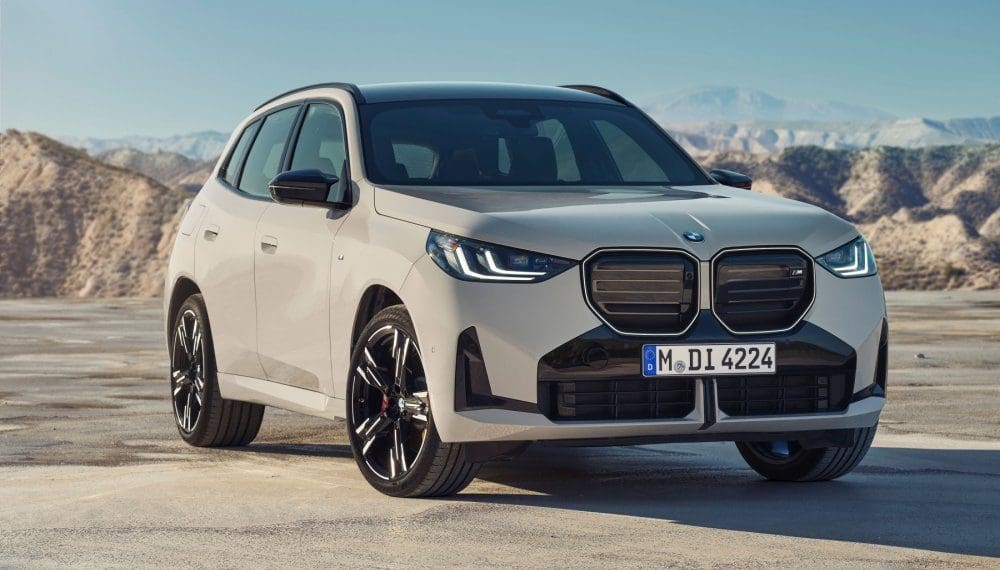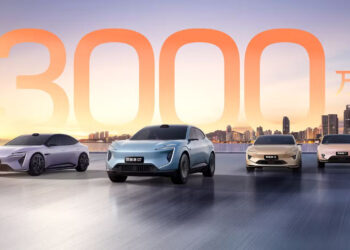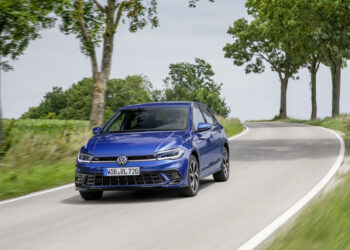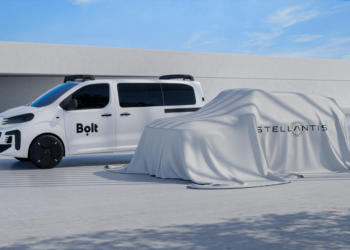In a significant shakeup across the BMW Group’s design teams, sweeping changes will take effect starting October 1, 2024, marking a bold new era for BMW, Mini, and Rolls-Royce. At the helm of this transformation remains Adrian van Hooydonk, overseeing the Group’s design direction, but the face of future BMW models will look very different.
After leading BMW’s core brand design since April 2019, Domagoj Dukec, the man known for his unapologetic statement that “good design is not about pretty or ugly,” will now shift gears to Rolls-Royce. In his place, BMW’s future designs will be shaped by two new leaders. Maximilian Missoni, formerly head of design at Polestar, will now be responsible for the upper midsize and luxury class of BMW, including the prestigious Alpina models. Oliver Heilmer, the design boss at Mini since 2017, will take charge of compact to midsize BMWs and the high-performance M models.
Meanwhile, Mini’s design future will be steered by Holger Hampf, previously the head of BMW’s Designworks division. Speaking of Designworks, Anders Warming, Rolls-Royce’s former design chief, will now lead this division, focusing on “Advanced Design topics,” promising innovation in the brand’s long-term design vision.
A notable addition to this new structure is Claudia Braun, who will head a new cross-brand department for Color and Material Design across BMW, Mini, and Rolls-Royce. Christian Bauer remains in charge of the digital customer experience, signaling BMW’s ongoing commitment to its tech-driven interior revolution.
At first glance, these changes may seem like a response to the often polarizing reception of BMW’s recent designs. While fans of the brand have not been shy in their criticism—especially on social media—BMW’s record-breaking sales figures in 2023 tell a different story. Despite the controversial designs, BMW delivered over 2.25 million cars last year, proving that what some might label “ugly” is clearly resonating with a broader market.
But this design overhaul isn’t just about responding to the vocal minority. It’s about future-proofing the brand for a rapidly changing automotive landscape. The BMW Group is balancing a diverse lineup, from traditional combustion engines to plug-in hybrids and all-electric vehicles. While it’s true that crossovers and SUVs like the X1 and X7 are driving much of BMW’s success, the brand hasn’t completely abandoned its performance roots. The M division is still alive and well, with models like the M5 Touring—returning to the U.S. for the first time—and a new M3 Touring in select markets. Manual gearboxes are even making a comeback in models like the Z4 roadster.
Still, BMW’s success in 2024 isn’t built on satisfying the cravings of traditionalists yearning for the days of the E46 and E39. The modern BMW buyer is gravitating towards high-tech, luxurious interiors with fewer physical controls, even as classic features like the iDrive controller begin to disappear. Prices have surged in recent years, but demand remains robust, signaling that BMW’s target market has shifted, leaving some of its die-hard fans behind.
As BMW prepares to roll out its Neue Klasse concept, showcasing a new wave of electric vehicles (EVs), it’s clear that big changes are ahead. While the newly appointed designers won’t have an immediate impact on models like the 2025 iX3 or the 2026 i3, their influence will start to shape BMW’s lineup later this decade. The Neue Klasse hints at a future where BMW’s design language evolves, possibly shedding some of the polarizing elements that have defined recent models.
In the end, BMW is moving full steam ahead into a new chapter. The design shakeup may mark the end of an era, but it also signals a commitment to innovation and a bold step toward the future. For better or worse, BMW’s design revolution is far from over.










